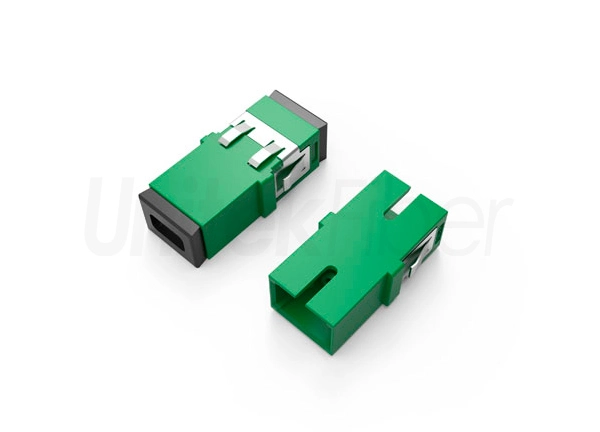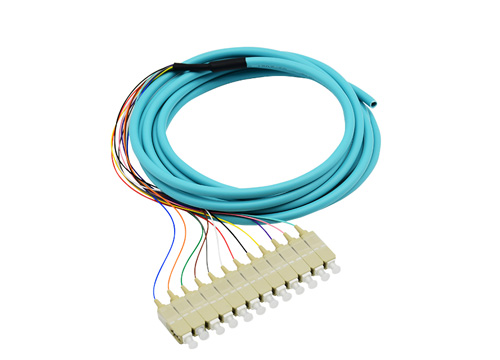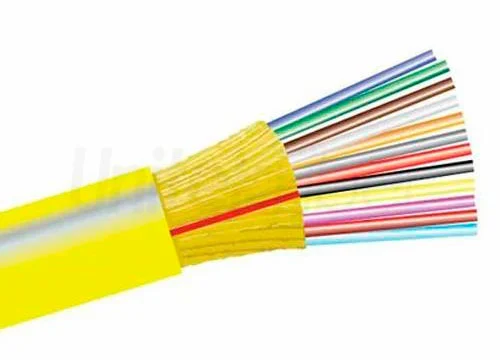
Since its application in the 1970s, fiber optical cables have now developed into long-distance trunk lines, intra-city telephone relays, underwater and submarine communications, as well as local area networks, private networks and other wired transmission backbones, The optical cable has begun to develop toward the user access network, from fiber to the curb (FTTC), fiber to the building (FTTB), fiber to the home (FTTH) etc.. For various applications and environmental conditions, communication optical cables have overhead, direct buried, pipeline, underwater, indoor and other laying methods.
Aerial optical fiber cable is an optical cable laying on poles. This kind of laying method can use the original overhead wiring pole lines, saving construction costs and shortening the construction period. Aerial optical fiber cables are hung on electric poles and are required to be able to adapt to various natural environments. Aerial optical fiber cables are vulnerable to natural disasters such as typhoons, ice and floods, and are also vulnerable to external forces and weakening of their own mechanical strength. Therefore, the failure rate of aerial optical fiber cables is higher than that of directly buried and ducted optical fiber cables. Generally used for long-distance lines of Class 2 or below, and suitable for dedicated network optical cable lines or some local special sections.
How to install aerial fiber optic cable?
Aerial fiber optic cable laying can exist between buildings, between buildings and telegraph poles, and between telegraph poles and telegraph poles. The actual operation depends on the situation at the time. When there are telegraph poles between the buildings, a wire rope can be erected between the building and the telegraph pole, and the fiber optic cable can be tied to the wire rope. If there are no telephone poles between the buildings, but the distance between the two buildings is about 50m, fiber optic cables can also be erected directly between the buildings through steel cables
Method 1:Hanging wire type: first fasten the cable on the pole with a hanging wire, and then hang the optical fiber cable on the hanging wire with a hook, and the load of the optical cable is carried by the hanging wire.
Method 2: Self-supporting type: use a self-supporting structure of the optical cable. The optical cable is in the shape of "8", usually call it figure 8 fiber optical cable. The upper part is a self-supporting line, and the load of the optical cable is carried by the self-supporting line.
The laying requirements for aerial fiber optic cables are as follows
1. When laying the aerial fiber optic cable in a flat environment, use a hook to hang it. Laying aerial fiber optic cable on mountain or steep slopes, use lashing methods to lay fiber optic cable. The optical cable connection should be located on a straight pole that is easy to maintain, and the reserved optical cable should be fixed on the pole with a reserved bracket.
2. Fiber Optic cable overhead poles are required to make U-shaped telescopic bends every 3 to 5 blocks, and 15m is reserved for every 1km.
3. The aerial optical cable is protected by galvanized steel pipe, and the pipe mouth should be blocked with fireproof mud.
4. Aerial optical cables should be hung with optical cable warning signs every 4 bars or so and in special sections such as roads, rivers, and bridges.
5. Three-pronged protective tube should be added to the intersection of the empty suspension wire and the power line, and the extension of each end shall not be less than 1m.
6. The cable of the electric pole close to the highway should be covered with a glow stick, with a length of 2m.
7. In order to prevent the suspension wire from inducing current to hurt people, each pole pull wire must be electrically connected to the suspension wire, and each pull wire position should be installed with a pull wire ground wire. The suspension wire is required to be directly connected with a bushing ring and directly grounded at the terminal.
8. The Aerial optical cable is usually 3m away from the ground. When entering the building, the U-shaped steel protective sleeve on the outer wall of the building must be worn, and then extend downward or upward. The aperture of the optical cable entrance is generally 5cm.
Unitekfiber is one of the manufacturers of optical passive components in optical components in China. The products produced by Unitekfiber include: optical fiber parts, optical cables, optical fiber jumpers, optical fiber wavelength division multiplexers, optical fiber distribution box, and optical fibers PLC splitter, optic transceiver, optical fiber terminal box, etc. If you need any help, feel free to contact us sales@unitekfiber.com



